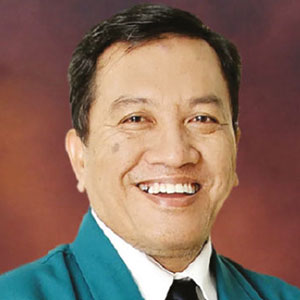Mass Media in Heterogeneous Digital Society

The world publics have merged into one digital society. There is no border among the people around the world. Unfortunately, the members of this digital society are in diversity. They are heterogeneous in terms of ideologies, social values, cultures, ways of life, and even in terms of their best taste of information. All these aspects are poured into one cup and the digital society members are ready for sharing together. Mass media has both negative and positive impacts.
We have a huge number of digital society members, especially in social media such as Facebook, Line, Instagram, Messenger, and WhatsApp. These five social media have been in tremendous membership. As reported by Mark Zuckerberg in Facebook recently, in 2017, for Facebook, the number of the account users is 2 billion, Line 100 million, Instagram 250 million, Messenger 2 billion, and WhatsApp 250 million.
The negative impacts can be due to the types of messages or information being communicated through such media. The heterogeneous members of digital society are faced with different kinds of information. It can be texts, photos, and videos. The more strikingly, the types of information are also varied. All are mixed up but the communicants are in diversity: in social, religious, psychological, cultural aspects. If they are the true information, the communicants are not misled. Unfortunately, some of the information can be hoax news or fake news.
In that condition, there must be the best strategy for overcoming the divergent communicators and communicants. In any country, we cannot deny that there is always discrepancy induced by the message posted on the social media. The links of the hoax news or news are the sources of the social discrepancies. They become more and more chaotic because of the misleading information.
We cannot either deny, for example, during the political campaign in any country, such hoax news and blackmails spread away through all the social media. Hatred, revenge, attacks, and character assassination are the negative impacts of such hoax news or fake news.
It can also be on a much wider scale. The hoax news can also create hatred among the nations throughout the world. When the information or the message being communicated is related to a certain nation or country, the wider and negative impact can also happen among the nations. They can disdain each other because of the hoax news or fake news.
However, mass media can also provide positive impacts. In the business world, mass media can be used for marketing strategy. We have found many users of the social media for marketing their products or services. Buying a certain product can be communicated through social media, using e-payment and communicated through the media for the marketing activities. Advertising both products and services can also be done by using social media. We can find many in Facebook, Instagram, lines, and many more. All are the examples of the positive impacts of social media.
In education, we have the best example of mass open online course (MOOC). By using this kind of mass media, the school or college can manage their teaching and learning interaction with the huge number of participants. In libraries, we have some e-libraries in some modern countries. All books are available anytime and all can be read by the huge number of readers. These are the positive impacts of mass media on the human beings.
Life can be much easier when technology can support it. Mass media in the forms of social media can be either disastrous or beneficial. It depends on the governments and policymakers in any country on how to create a digital society with a more elegant condition. They can be treated more efficiently by using mass media for appropriate purposes. And, this needs a strategy by the country leaders.
Dr. Djuwari, Head of Research Journal Division
Apart from being the Head of Research Journal Division, STIE Perbanas Surabaya - Indonesia, Dr. Djuwari is also the President of International Association of Scholarly Publishers, Editors, and Reviewers (IASPER). He is a visiting professor at American University of Sovereign Nations (AUSN). He is also teaching Bahasa Indonesia (Indonesian language). He is also a journalist and the advisor of HIPSI (Himpunan Insan Pers Seluruh Indonesia/ Association of Indonesian Journalists in East Java, Indonesia).

